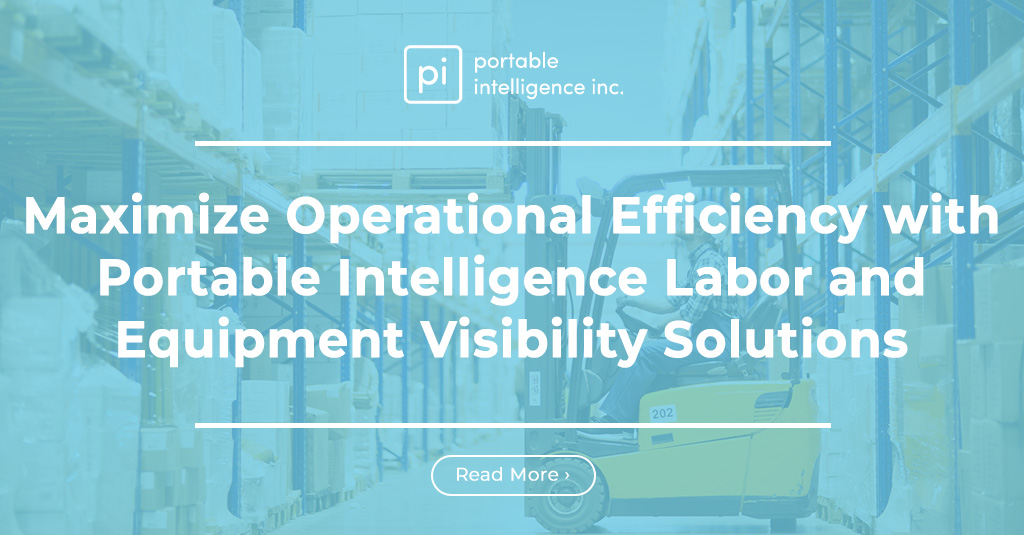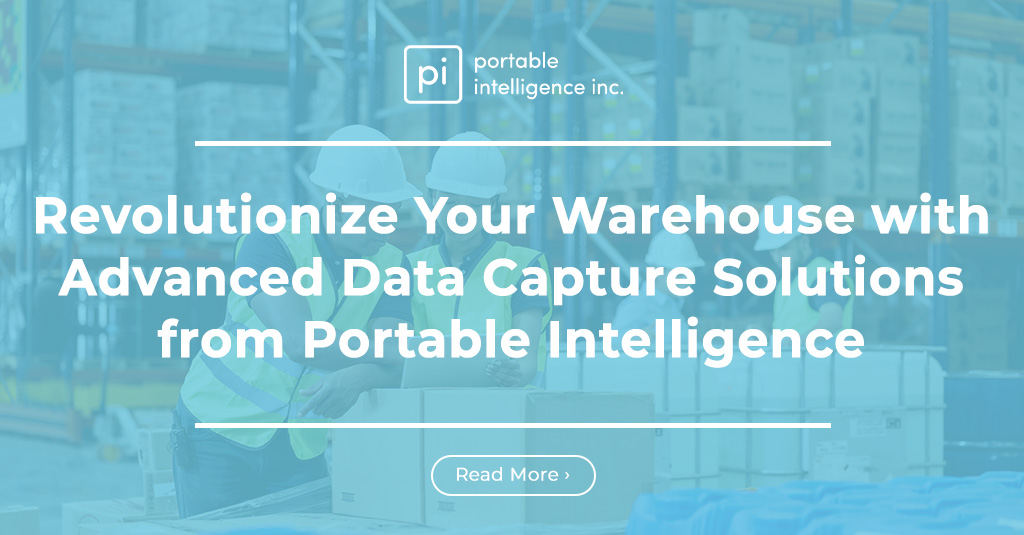Introduction
In today’s fast-paced business world, companies are constantly seeking ways to improve their operations, increase efficiency, and gain a competitive advantage. A key area that can provide substantial benefits is the warehouse. A warehouse is often considered a necessary cost center for most businesses, however, making it smart can turn it into a strategic advantage that can help a company achieve its goals.
So, what exactly is a smart warehouse? A smart warehouse is a facility that leverages advanced technologies such as automation, IoT, machine learning, and robotics to improve its operations, increase efficiency, and provide real-time data insights. In contrast to traditional warehouses, smart warehouses have the ability to process and analyze data in real-time, which allows them to make informed decisions, identify inefficiencies, and improve their operations.
The purpose of this post is to provide a comprehensive overview of the benefits and elements of a smart warehouse, as well as the steps companies can take to implement one. The post will also address common challenges that companies may face when implementing a smart warehouse and provide solutions for overcoming them. By the end of this post, companies will have a better understanding of the benefits of a smart warehouse and how it can turn into a competitive advantage.
Understanding the Traditional Warehouse Model
For many companies, the traditional warehouse model has been the norm for many years. In this model, employees perform manual tasks such as picking and packing products, counting inventory, and shipping orders. While this approach may have worked well in the past, it has several limitations and drawbacks that can negatively impact a company’s competitiveness.
One of the main limitations of traditional warehouses is their inability to process and analyze data in real-time. This means that important decisions are often based on outdated information, leading to inefficiencies and errors. In addition, traditional warehouses are often plagued by manual processes that are time-consuming and prone to human error. This can result in increased labor costs, longer lead times, and lower customer satisfaction.
Another drawback of traditional warehouses is their lack of automation and integration with other systems. In many cases, employees are still using manual methods to perform tasks such as inventory management and order fulfillment. This can lead to errors, waste, and longer lead times. Furthermore, traditional warehouses often lack real-time monitoring capabilities, making it difficult to detect and resolve issues in a timely manner.
In conclusion, while the traditional warehouse model may have served companies well in the past, it is no longer enough in today’s fast-paced business environment. Companies that want to stay competitive need to adopt new technologies and processes that enable them to increase efficiency, improve customer satisfaction, and gain a strategic advantage. This is where the concept of a smart warehouse comes into play.
Benefits of a Smart Warehouse
One of the biggest advantages of a smart warehouse is increased efficiency and productivity. By leveraging automation and advanced technologies, smart warehouses can streamline manual tasks, reduce errors, and increase accuracy. This can result in faster lead times, lower labor costs, and improved customer satisfaction.
Another important benefit of a smart warehouse is better inventory management. With real-time data insights, smart warehouses can optimize their inventory levels, reduce waste, and ensure that products are available when customers need them. This can lead to higher sales and improved customer loyalty.
Smart warehouses also offer improved customer experience. With faster lead times and more accurate orders, customers are more likely to be satisfied with their purchases. In addition, smart warehouses can use real-time data to personalize the customer experience, providing tailored recommendations and offers that meet their unique needs.
The use of real-time data analysis is another key benefit of a smart warehouse. By processing and analyzing data in real-time, smart warehouses can identify inefficiencies, track performance, and make informed decisions. This can result in improved operations, cost savings, and a more agile and responsive supply chain.
Finally, smart warehouses offer significant cost savings. By reducing manual labor, optimizing inventory levels, and improving operations, smart warehouses can significantly lower operating costs while increasing efficiency and productivity.
In conclusion, a smart warehouse offers a multitude of benefits that can help companies increase efficiency, improve customer satisfaction, and gain a competitive advantage. By leveraging advanced technologies and data-driven insights, smart warehouses can streamline operations, reduce costs, and create a more agile and responsive supply chain.
Elements of a Smart Warehouse
In order to fully realize the benefits of a smart warehouse, companies must implement the right technologies and processes. Some of the key elements of a smart warehouse include:
- Automation: Automation is a key component of a smart warehouse. Automated systems such as conveyors, robots, and picking systems can streamline manual tasks, reduce errors, and increase efficiency.
- IoT (Internet of Things) Devices: IoT devices such as sensors, RFID (Radio-Frequency Identification) tags, and beacons can provide real-time data on warehouse operations, inventory levels, and equipment performance.
- Machine Learning: Machine learning algorithms can be used to analyze data from IoT devices, identify trends and patterns, and make predictions about future demand. This can help companies make informed decisions and improve their operations.
- Robotics: Robotics can be used to perform tasks such as picking, packing, and shipping, freeing up employees to focus on more complex and value-added tasks.
- Mobile Devices: Mobile devices such as smartphones, tablets, and wearable devices can be used by employees to access real-time data and perform tasks more efficiently.
- Real-time Data Visualization: Real-time data visualization tools can help companies monitor and analyze data from IoT devices and other systems, providing real-time insights into their operations.
- Cloud Computing: Cloud computing platforms can provide companies with the scalable computing resources and storage needed to support the data processing and analysis required for a smart warehouse.
By implementing these technologies and processes, companies can create a smart warehouse that provides real-time data insights, streamlines operations, and improves customer satisfaction. In addition, by leveraging data-driven insights, companies can make informed decisions that drive continuous improvement and create a more agile and responsive supply chain.
Implementing a Smart Warehouse
Implementing a smart warehouse can seem like a daunting task, but with the right approach, it can be a straightforward and rewarding process. Here are some steps to help you get started:
- Conduct a Needs Assessment: Start by assessing your current warehouse operations and identifying areas where technology can help streamline processes, improve efficiency, and increase accuracy.
- Develop a Technology Strategy: Based on your needs assessment, develop a technology strategy that outlines the specific technologies you will use to implement your smart warehouse. Consider factors such as cost, scalability, and compatibility with your existing systems.
- Invest in the Right Technology: Invest in the right technology to support your smart warehouse, including IoT devices, robotics, automation systems, and cloud computing platforms. Work with vendors and integrators to find the best solutions for your needs.
- Implement and Test: Implement your smart warehouse technology and test it to ensure it is working as expected. Make any necessary adjustments and fine-tune the systems as needed.
- Train Your Team: Train your team on the new technology and processes to ensure they are able to use it effectively. Provide ongoing training and support to keep them up-to-date with the latest developments.
- Monitor and Analyze Data: Monitor and analyze data from your smart warehouse to identify trends, inefficiencies, and opportunities for improvement. Use this data to make informed decisions and drive continuous improvement.
By following these steps, you can implement a smart warehouse that delivers real-time data insights, streamlines operations, and provides a competitive advantage. With the right technology, processes, and team, you can create a smart warehouse that drives growth, improves customer satisfaction, and supports your long-term success.




